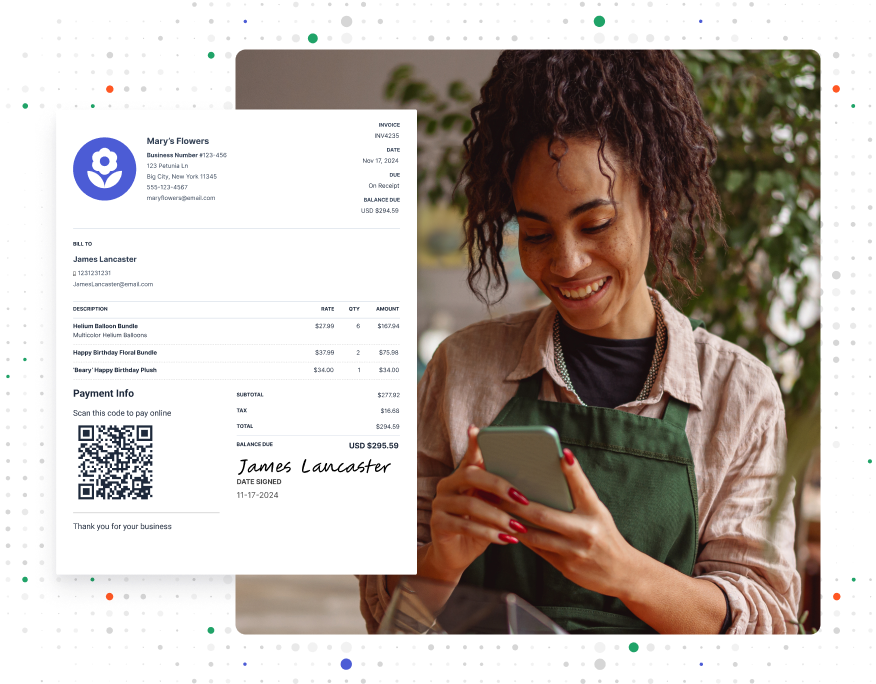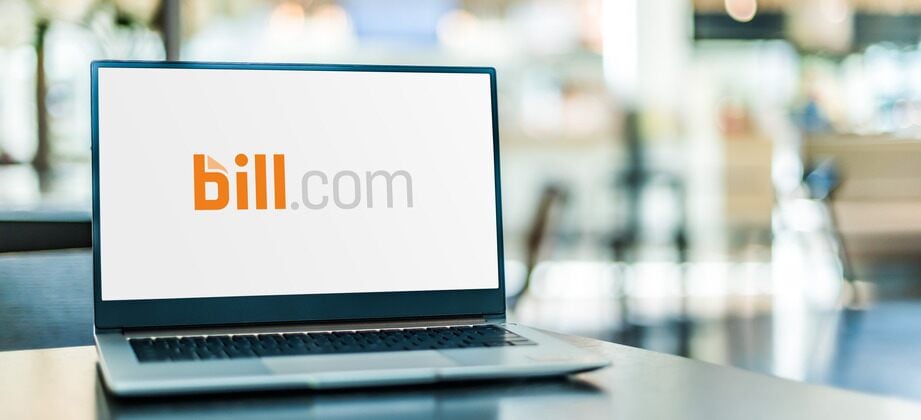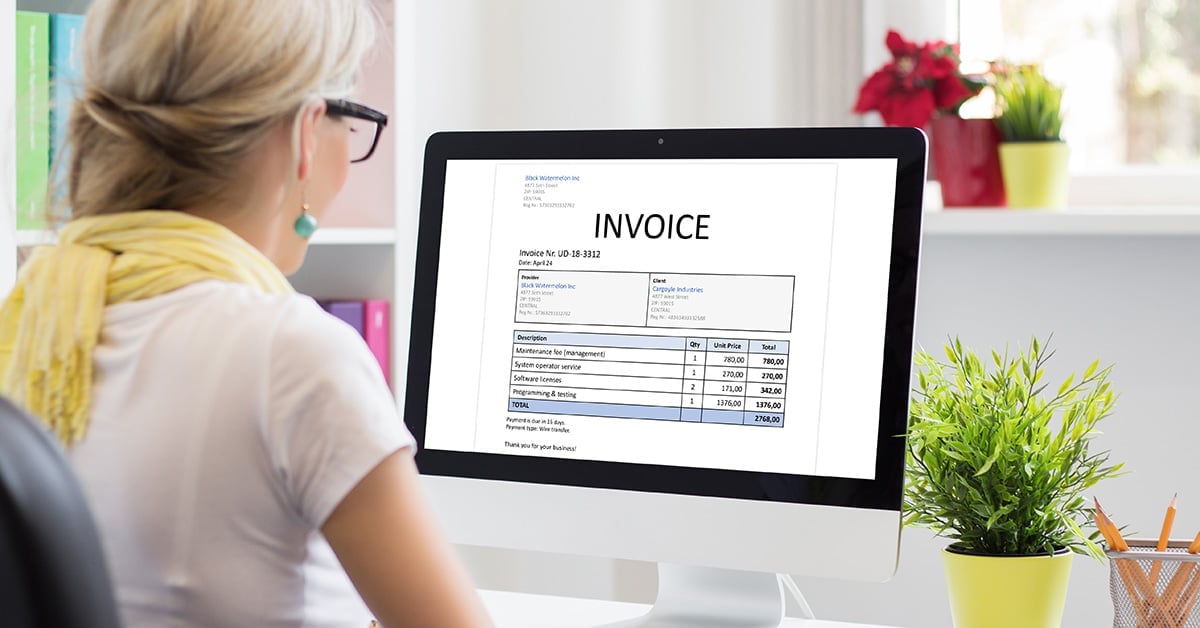Understanding Purchase Requisitions in the Procurement Process
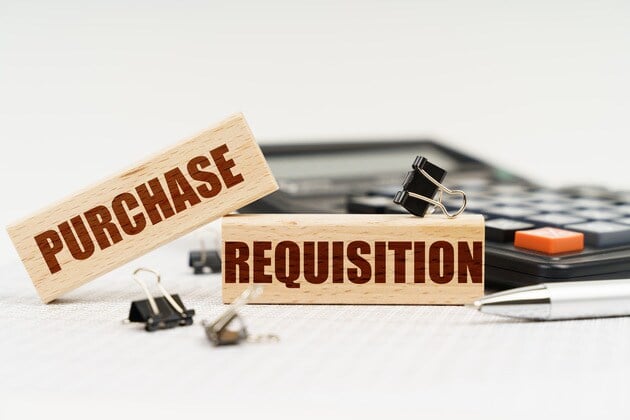
Everyone’s experienced that last-minute dash for forgotten dinner ingredients. But in business, that impromptu run for office supplies might need more approvals than your recipe has steps—and for good reason.
A purchase requisition is a formal request to buy goods or services. It helps companies track and control spending, making sure every purchase is necessary and within budget.
Here’s a guide to how purchase requisitions work, why they’re important for businesses, and the key steps in creating them.
What Is a Purchase Requisition?
A purchase requisition is a formal document that requests approval for buying goods or services on a company’s behalf.
When an employee needs to make a work-related purchase, they start by completing this form. This could be for anything from office supplies to professional services to expensive equipment. The requisition includes details about the items needed, their cost, and the reason for the purchase.
It’s important to understand that a purchase requisition is not an order to buy something from a vendor. Rather, it’s a request for permission to make a purchase. That’s what makes it different from a purchase order.
The key difference between a purchase requisition and a purchase order is that a purchase order is the official document sent to a supplier to actually buy the items. It only comes after a purchase requisition has been approved. Think of the requisition as the planning stage and the purchase order as the action.
RELATED ARTICLE — Purchase Order Versus Invoice: Differences Explained
Why Purchase Requisitions Are Essential for Your Business

From saving money to preventing mistakes, purchase requisitions play a critical role in keeping a company’s finances healthy. Here are several key reasons to use purchase requisitions:
- Speeds Up Procurement. With an automated system in place, purchase requisitions make buying things faster and more seamless. Instead of chasing down managers for approval or dealing with piles of paperwork, everything moves through a streamlined digital process. This means less time waiting and more time getting what your business needs to thrive.
- Protects Against Fraud. By requiring detailed information and multiple approvals, purchase requisitions make it much harder for someone to make unauthorized purchases or game the system. This extra layer of security keeps your company’s money safe.
- Increases Transparency. When you use purchase requisitions, it’s easy to see who’s buying what and why. This transparency helps everyone understand how money is being spent. It also makes it easier for managers to make informed budgeting decisions.
- Avoids Duplicate Orders. Have you ever accidentally bought something twice? With purchase requisitions, that’s much less likely to happen. The system keeps track of what you’ve ordered so you don’t end up with two shipments of the same item taking up valuable space in your stockroom.
- Formalizes the Purchase Process. By using purchase requisitions, you create a standard way of asking for the things your business needs. This means everyone follows the same steps, making the procurement process more organized and efficient.
- Controls Spending. Purchase requisitions keep your business’s wallet in check. By requiring approval for each purchase, it’s easier to stick to budgets and avoid unnecessary expenses.
- Leaves an Audit Trail. Purchase requisitions create a record of every purchase request, approval, and order. This is helpful for tracking expenses, planning budgets, and handling potential audits.
RELATED ARTICLE — A Guide to Common Types of Invoices and Price Quotes
What Should You Include in a Purchase Requisition Form?
A well-designed purchase requisition form collects all the necessary information in one place. This helps everyone involved in the purchasing process understand exactly what’s being requested and why.
Here are the key items to include on a purchase requisition form:
- Date of the Request. When the form was filled out
- Requisition Number. A unique identifier for the request
- Employee Details. Name and department of the person asking for the purchase
- Products or Services Requested. A clear description of what’s being asked for
- Quantity. How many items or how much of a service is required
- Unit Price. The cost of each individual item or unit of service
- Total Price. The overall cost of everything being requested
- Reason for Purchase. Why the items or services are needed
- Supplier Information. The name of the business you want to buy from
- Approval Details. Names and signatures of the team members who need to sign off on the purchase
RELATED ARTICLE — A Step-By-Step Guide to Efficient Invoice Processing
The 9 Stages of the Purchase Requisition Process
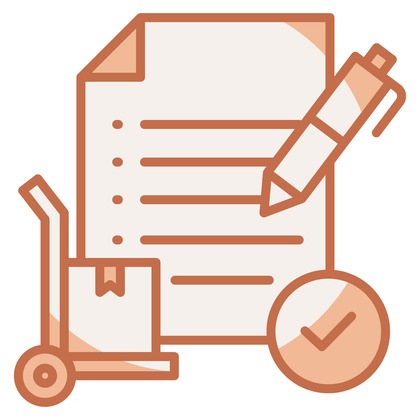
Every purchase in a company that uses purchase requisitions goes through a series of steps. Let’s walk through the journey of a purchase requisition from start to finish:
1. Identify a Need
It all starts when an employee or department in the company determines that they need to buy something for business purposes.
2. Submit the Form
The employee or a member of the department who needs the item or service submits a purchase requisition form. This includes all the important details, like what they need, how much it costs, and why they need it.
3. Get the Manager’s Approval
Next, the department manager reviews the request. This is the first of the several approvers who need to sign off on the purchase requisition before graduating to a purchase order. The manager checks whether it’s really necessary and whether there’s enough money in the budget.
If everything looks good, they approve it and send it to the next step. In a smaller company without department managers, this approval might come from the business owner or the person in charge of finances.
4. Check Current Supplies
Before buying something new, you want to make sure you don’t have it already. In a large company, the inventory manager will check the current stock. In a smaller business, the owner or the person in charge of supplies will look to see if the requested item is already available.
5. Review by Purchasing Experts
If the item isn’t in stock, the request goes to the purchasing department or the person responsible for buying supplies. These experts examine the request carefully. They might check if they can get a better deal from a different vendor or if there’s a more cost-effective alternative.
6. Get a Green Light
After review, the purchasing department (or the person in charge of purchases) decides whether to approve the purchase. If they give the all-clear, the purchase can move forward. If not, they might ask for more information or suggest a different solution.
7. Create the Purchase Order
Once approved, the purchasing department, office manager, or owner generates a formal purchase order. This is an official document sent to the vendor telling them exactly what the company wants to buy. It includes details like quantity, price, and delivery information.
8. Receive the Goods or Services
When the supplier delivers the items, the person or team responsible for receiving shipments makes sure everything has arrived in good shape. For services, they confirm that the work was completed as requested.
This is also when the three-way matching process happens. The company compares three things: the original purchase order (what was requested), the receiving report (what actually arrived), and the invoice from the supplier (what they’re being asked to pay for). This three-way match helps catch mistakes and discrepancies.
9. Pay the Bill
If everything in the three-way match checks out, the company pays the invoice. This is the final step in the process. The money actually leaves the company’s account and goes to the vendor. In a large company, the accounts payable department usually handles this. In a smaller business, it might be the owner or the person who manages the company’s finances.
RELATED ARTICLE — Accounts Receivable Versus Payable: Differences and Examples
4 Tips for Using Purchase Requisition Software
Purchase requisition software makes the buying process much faster and easier. It cuts down on paperwork, reduces mistakes, and gives you a clear picture of your company’s spending. Here are some tips for getting started:
- Understand Your Current Process. Take a close look at how you handle purchases now. This will help you find areas where software can make things better.
- Compare Your Options. There are many different software choices available. Check out the main competitors to find one that fits your needs and budget.
- Get Set Up. Once you’ve chosen, it’s time to make it work for you. Select and customize templates and workflows that match how your company does things.
- Implement the Solution. Start using the software in your daily operations. Train your team on how to use it and be ready to answer questions as everyone gets used to the new system.
RELATED ARTICLE — What Is Remittance Advice? Everything You Need to Know
Track Every Dollar With Invoice Simple
Purchase requisitions help control spending before it gets out of hand. But it’s hard to generate insights if you’re not tracking the results of those decisions.
With Invoice Simple, tracking expenses has never been easier. Our business expense and receipt tracker lets you scan any receipt and capture key info automatically. All your expense data is ready to export into a summary report whenever you need it.
Start Your First
Invoice Today
Create customized and professional
invoices and connect with clients
